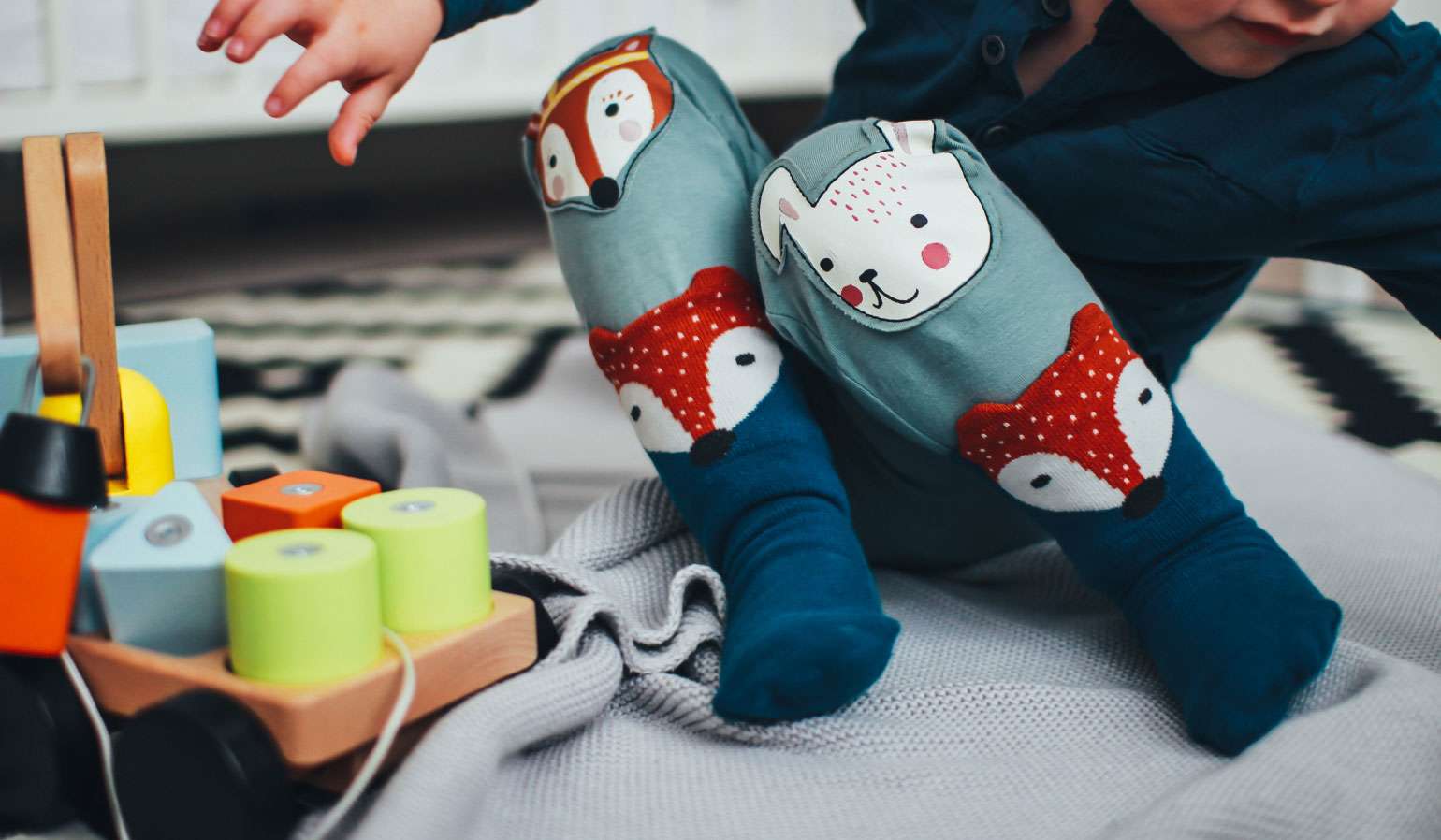Every parent dreams of creating the perfect environment where their children can explore, learn, and grow safely. Designing effective play spaces requires balancing safety considerations with developmental needs, creating environments that protect children while encouraging natural curiosity and exploration. This comprehensive guide explores how to create spaces that evolve with your child’s development while maintaining the highest safety standards.
Understanding Child Development and Space Needs
How Children Interact with Their Environment
Children experience the world differently than adults. They explore through touch, taste, and movement, often without understanding potential dangers. Their developing motor skills, cognitive abilities, and judgment create unique safety challenges that change as they grow. Understanding these developmental patterns is crucial for creating appropriate environments.
The Psychology of Safe Spaces
Children thrive in environments that feel both secure and stimulating. Predictable routines and safe boundaries provide emotional security, while varied textures, colors, and activities support cognitive development. The goal is creating spaces that say “yes” to exploration while maintaining clear safety boundaries.
Developmental Stages and Space Requirements
Each developmental stage brings new abilities and corresponding safety considerations. Newborns need clean, comfortable spaces with minimal stimulation, while toddlers require extensive safety modifications and plenty of room for movement. Understanding these progressions helps parents anticipate and prepare for changing needs.
Essential Safety Principles
The Hierarchy of Safety Controls
Effective child-proofing follows a hierarchy of controls: elimination of hazards when possible, physical barriers and guards, and finally, supervision and education. The most effective approach combines multiple strategies rather than relying on any single solution.
Age-Appropriate Safety Measures
Safety modifications should match children’s current abilities and anticipate emerging skills. A solution that works for a crawling infant may become a climbing challenge for an adventurous toddler. Regular reassessment ensures continued effectiveness.
Balancing Safety and Development
Over-restricting environments can limit healthy development. Children need appropriate challenges and opportunities to practice new skills safely. The goal is reducing serious risks while preserving opportunities for growth and learning.
Room-by-Room Safety and Design Guide
Living Areas: The Heart of Family Life
Living rooms often serve as primary play spaces, requiring careful attention to furniture placement, electrical safety, and small object hazards.
Furniture Safety Secure heavy furniture and televisions to walls to prevent tip-over accidents. Add corner guards to sharp edges, and ensure low tables have rounded corners or protective padding. Choose furniture with sturdy construction that can withstand climbing and rough play.
Electrical Safety Install outlet covers or sliding plate covers on all accessible electrical outlets. Use cord organizers to keep electrical cords out of reach, and consider furniture placement that naturally blocks access to electrical hazards.
Window and Blind Safety Install window guards or stops to prevent falls, and ensure blind cords are secured out of reach. Consider cordless window treatments to eliminate strangulation hazards entirely.
Kitchen: Managing High-Risk Areas
Kitchens contain numerous hazards but remain important family gathering spaces where children want to participate in activities.
Cabinet and Drawer Safety Install safety latches on cabinets containing dangerous items like cleaning supplies, sharp objects, and small appliances. Create one accessible cabinet with safe items like plastic containers for children to explore.
Appliance Safety Use appliance locks on ovens, dishwashers, and refrigerators. Install stove knob covers and oven door locks. Keep small appliances unplugged and stored securely when not in use.
Counter and Table Safety Maintain clear counters free of small objects, sharp items, and hot beverages. Use placemats instead of tablecloths that can be pulled down, and secure any items that could create hazards if pulled from surfaces.
Bathrooms: Water and Chemical Safety
Bathrooms present unique combinations of water, chemicals, and slip hazards that require comprehensive safety approaches.
Water Safety Install toilet locks and maintain constant supervision around any water source. Use non-slip mats in tubs and showers, and consider faucet covers to prevent bumps and burns.
Chemical Storage Store all medications, cleaning supplies, and personal care products in locked cabinets or containers. Even seemingly harmless items like toothpaste can be dangerous in large quantities.
Slip and Fall Prevention Use non-slip surfaces in showers and around tubs. Keep floors dry and install grab bars that can also serve as barriers for curious climbers.
Bedrooms: Rest and Quiet Play Spaces
Bedrooms should provide safe environments for sleep and quiet activities while growing with children’s developmental needs.
Sleep Safety Follow current safe sleep guidelines for infants, including firm mattresses, fitted sheets, and empty cribs. As children grow, ensure beds are appropriate heights and that bedroom layouts prevent fall injuries.
Storage Solutions Choose storage that allows children to access appropriate items independently while keeping dangerous objects secure. Low, open shelving encourages organization and independence.
Quiet Activity Zones Create defined spaces for quiet activities like reading and puzzles. Good lighting and comfortable seating support these activities while maintaining the room’s primary function as a rest space.
Nurseries: Specialized Infant Environments
Nurseries require specialized safety considerations and design elements that support both infant needs and caregiver functionality.
Crib Safety Ensure cribs meet current safety standards with proper slat spacing, secure hardware, and appropriate mattress fit. Maintain clear cribs free of soft bedding, toys, and pillows for infants under 12 months.
Changing Area Safety Install safety straps on changing tables and keep supplies within reach but secure from little hands. Consider wall-mounted changing tables in small spaces.
Air Quality and Temperature Maintain good ventilation and appropriate temperatures. Consider air purifiers if needed, and ensure heating and cooling vents are properly positioned and covered.
Creating Stimulating Learning Environments
Sensory-Rich Spaces
Children learn through their senses, making sensory-rich environments crucial for development. Incorporate varied textures, colors, sounds, and visual elements while maintaining safety.
Visual Stimulation Use contrasting colors and patterns appropriate for children’s developmental stages. Newborns prefer high-contrast black and white, while older children benefit from bright, varied colors. Ensure adequate lighting for activities while avoiding glare and harsh shadows.
Tactile Experiences Provide safe opportunities to explore different textures through rugs, wall hangings, and toy materials. Vary surfaces and materials while ensuring all items are safe for mouthing and exploration.
Auditory Environment Consider acoustics in play spaces, providing opportunities for musical exploration while maintaining comfortable noise levels. Sound-absorbing materials can help manage noise in active play areas.
Organized Play Zones
Create defined areas for different types of activities, helping children understand expectations and supporting independent play.
Active Play Areas Designate spaces for gross motor activities with appropriate flooring, adequate space, and nearby storage for active toys. Consider indoor climbers, balls, and movement toys.
Quiet Activity Zones Provide comfortable spaces for reading, puzzles, and fine motor activities. Good lighting, comfortable seating, and organized storage support sustained attention and learning.
Creative Expression Spaces Set up areas where children can engage in art, music, and dramatic play. Easy-to-clean surfaces, accessible storage, and good ventilation support creative activities.
Flexible and Adaptable Design
Design spaces that can evolve with children’s changing needs without requiring complete overhauls.
Modular Storage Solutions Choose storage systems that can be reconfigured as needs change. Bins, baskets, and adjustable shelving adapt to different toys and activities over time.
Multi-Purpose Furniture Select furniture that serves multiple functions, such as storage ottomans that provide seating and toy storage, or tables that adjust in height as children grow.
Easy Modification Systems Use removable safety devices and temporary modifications that can be adjusted as children develop new skills and safety awareness.
Technology Integration and Screen Time Management
Balanced Technology Spaces
Modern families need to integrate technology thoughtfully while maintaining hands-on learning opportunities and physical activity.
Screen Time Zones Designate specific areas for screen-based activities, maintaining screen-free zones in bedrooms and dining areas. This helps establish healthy boundaries and supports better sleep and family interaction.
Educational Technology Setup When using educational technology, ensure proper positioning for good posture and eye health. Choose interactive rather than passive options, and maintain adult involvement in digital activities.
Charging and Storage Create safe charging stations out of children’s reach, and establish routines for device storage that prevent overnight access and promote healthy sleep habits.
Smart Home Safety
Modern homes often include smart devices that require special safety considerations around children.
Voice Assistant Management Configure voice assistants with parental controls and consider privacy implications. Teach children appropriate interaction while maintaining security settings.
Connected Device Security Ensure all connected devices have proper security settings and regular updates. Consider separate networks for children’s devices when appropriate.
Outdoor and Extended Space Considerations
Balcony and Patio Safety
Outdoor spaces require specialized safety measures while providing valuable opportunities for fresh air and different types of play.
Fall Prevention Install appropriate barriers and guards on balconies and elevated outdoor spaces. Ensure railings meet safety standards and that children cannot climb or squeeze through openings.
Plant and Chemical Safety Research plant safety before including them in child-accessible areas. Store outdoor chemicals, fertilizers, and tools securely, and maintain awareness of seasonal hazards.
Sun and Weather Protection Provide adequate shade and weather protection for outdoor play. Consider UV-protective fabrics and ensure children have access to water and climate-appropriate clothing.
Garage and Storage Area Safety
Even areas not primarily designed for children require safety considerations as curious children explore their environment.
Chemical Storage Store automotive fluids, garden chemicals, and tools in locked cabinets or high shelves. Even brief access to these areas requires careful preparation.
Equipment Safety Secure heavy equipment and tools that could cause injury if accessed. Consider the garage door safety features and automatic reverse functions.
Special Considerations and Adaptations
Children with Special Needs
Some children require additional safety modifications or environmental adaptations to support their specific needs.
Sensory Sensitivities Children with sensory processing differences may need modified lighting, sound levels, or textures. Work with occupational therapists to create supportive environments.
Mobility Considerations Ensure spaces accommodate different mobility needs while maintaining safety. Consider path widths, surface textures, and accessibility features.
Cognitive and Developmental Differences Some children may need extended safety measures or different types of environmental cues. Individualize approaches based on specific needs and professional recommendations.
Multi-Child Households
Families with children of different ages face unique challenges in creating safe environments that meet everyone’s needs.
Age-Appropriate Zones Create separate areas for different age groups when possible, allowing older children to have more challenging activities while keeping dangerous items away from younger siblings.
Shared Space Management Establish clear rules and systems for shared spaces, teaching older children about safety responsibilities while maintaining appropriate supervision.
Toy and Activity Segregation Use storage systems that keep age-inappropriate items away from younger children while allowing older children appropriate access to their belongings.
Maintenance and Evolution of Safe Spaces
Regular Safety Assessments
Safety needs change as children grow and develop new abilities. Regular assessments ensure continued effectiveness of safety measures.
Monthly Checks Conduct monthly reviews of safety devices, looking for wear, damage, or changes in effectiveness. Test locks, latches, and barriers regularly.
Developmental Milestone Reviews When children reach new developmental milestones, reassess safety needs. A child who starts climbing requires different safety considerations than one who is just beginning to crawl.
Seasonal Adjustments Different seasons bring different safety considerations. Review and adjust safety measures for holiday decorations, seasonal plants, and weather-related hazards.
Growing with Your Child
Effective safety approaches evolve with children’s development, gradually shifting from physical barriers to education and responsibility.
Teaching Safety Awareness As children develop cognitive abilities, begin teaching safety awareness and reasoning. This gradual transition prepares children for increased independence.
Involving Children in Safety Age-appropriate involvement in safety discussions and rule-setting helps children understand reasons behind restrictions and develops internal safety awareness.
Balancing Independence and Protection Gradually increase children’s independence while maintaining appropriate safety measures. This balance supports healthy development while preventing injuries.
Budget-Conscious Safety Solutions
Prioritizing Safety Investments
Not all safety measures require significant financial investment. Prioritize spending on the most critical hazards while using creative solutions for other concerns.
High-Impact, Low-Cost Solutions Many effective safety measures cost very little. Outlet covers, cabinet latches, and corner guards provide significant safety improvements at minimal cost.
DIY Safety Modifications Some safety modifications can be accomplished through DIY projects, such as creating soft corner guards or organizing storage to reduce hazards.
Gradual Implementation Implement safety measures gradually, focusing on the most critical areas first and adding additional protections as budget allows.
Multi-Purpose Investments
Choose safety products that serve multiple functions or can be used in multiple ways as children grow.
Adjustable and Removable Options Select safety devices that can be adjusted or removed easily as children outgrow them, maximizing value and usefulness.
Quality Over Quantity Invest in well-made safety products that will last through multiple children or extended use periods rather than cheaper options that require frequent replacement.
Emergency Preparedness
Emergency Access and Evacuation
Safety modifications should not impede emergency access or evacuation. Plan for emergency scenarios while maintaining daily safety.
Emergency Contact Information Keep emergency contact information accessible to children and caregivers. Teach older children how to access help when needed.
First Aid Preparedness Maintain current first aid supplies and knowledge. Consider taking pediatric first aid courses to prepare for potential accidents.
Poison Control Information Keep poison control contact information readily available and know how to access emergency services. Consider posting this information in multiple locations.
Conclusion
Creating safe and stimulating environments for children requires thoughtful planning, regular assessment, and willingness to adapt as children grow and develop. The most effective approaches balance legitimate safety concerns with children’s developmental needs, creating spaces that protect while encouraging healthy exploration and learning.
Remember that perfect safety is impossible, and some level of risk is necessary for healthy development. The goal is reducing serious hazards while providing rich, engaging environments that support children’s natural curiosity and growth.
Every family’s situation is unique, and safety solutions should be tailored to specific needs, living situations, and children’s developmental stages. Regular reassessment and adjustment ensure continued effectiveness as families grow and change.
At SELVIXORA INC, we understand that creating safe, nurturing environments requires the right products, information, and support. Our carefully curated selection of safety products, organizational solutions, and environmental design tools helps families create spaces where children can thrive safely.
For expert guidance on child-proofing products and environmental design solutions that grow with your family, contact our safety specialists at (346) 861-3915 or explore our comprehensive collection of home safety and organization products at selvixora.com.



Write a comment
Your email address will not be published. Required fields are marked *